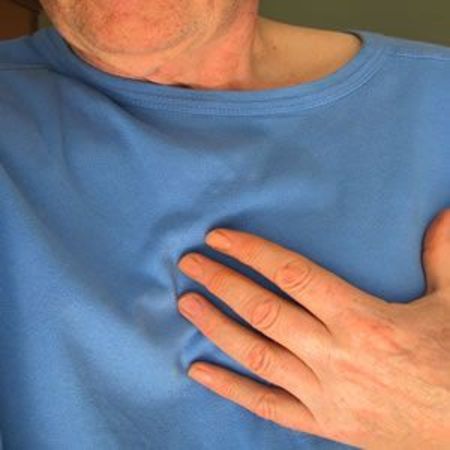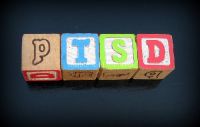According to a new preclinical study by researchers at Fred Hutchinson Cancer Research Center, damage to heart muscle from insufficient blood supply during cardiac arrest and reperfusion injury after blood flow is restored can be reduced by 90 percent if selenide is administered intravenously in the wake of an attack. The findings have been published in Critical Care Medicine.
Mark Roth, PhD, and colleagues in the Fred Hutch Basic Sciences Division used two different mouse models of ischaemia reperfusion injury and found that selenium was taken up by injured tissues following temporary loss of blood flow while blood selenium levels simultaneously decrease. This suggests that there is a natural mechanism that targets selenide to reperfused tissue and helps protects it from injury.
To further assess the role of naturally occurring selenide in tissue repair, the researchers conducted a series of experiments in mice models. They induced ischaemia by blocking the left anterior descending coronary artery for 60 minutes. Blood flow was then restored and the researchers measured selenium levels in the blood and heart. They found that the greater the injury, the greater the loss of selenium in the blood and the greater the amount of it in the heart.
"These results, along with prior understanding of selenium biology, show that endogenous, or naturally occurring, selenium is rapidly mobilised from the blood to help protect injured tissue after blood flow is restored," Roth said. "This led us to wonder whether supplementing the body's naturally occurring selenide with an infusion of selenide might further protect tissues after a heart attack once blood flow is restored."
Roth and colleagues used a mouse model of heart attack and administered selenide just prior to restoring blood flow. They found that it reduced heart damage by 88 percent. They also tracked the levels of cardiac troponin two hours after blood flow was restored to determine the extent of heart-cell damage and measured neutrophil accumulation in heart tissue 24 hours after reperfusion to assess the degree of inflammation. They found that both biomarkers decreased in selenide-treated mice as compared to control mice suggesting that selenide improves tissue viability after heart attack.
During the final step, the research team used echocardiography to measure heart function two days after inducing cardiac ischaemia. They found statistically significant improvement in the heart function of mice that received a dose of selenide after ischaemia and prior to reperfusion.
Previous studies have also found that decreased selenium levels are correlated with tissue injury. It has also been found that selenium levels increase as patients heal from burns or systemic infections. This suggests that the body's naturally occurring selenium can be redistributed during critical illness to target injured tissue and to enhance recovery.
Source: Fred Hutchinson Cancer Research Center
Image Credit: Pixabay



























